Background and Scope
Our client is a leading CRO based in the US, with customers across the EU & US. The company provides RWD solutions in the form of data subscription and on-demand data collaborations with pharma clients via imaging, genomics, and free text notes. Some of the client’s key RWE offerings include machine learning, model development, biomarker development, clinical trial recruitment, and identification of undiagnosed patients. The client intends to promote value-based utilization of advanced real-world data sources to support life science companies in regulatory studies.
Project Brief
A leading pharma company approached the client to seek RWE support for a clinical trial on the condition – indolent Non-Hodgkin Lymphoma (iNHL). This condition is known to be a slow progressing disease where patients live for many years without symptoms, hence remaining undiagnosed. This pharma company encountered multiple challenges during the clinical trial journey, including limited data availability, high attrition rate, limited trial sites and high cost of recruitment.
The pharma company was looking for a solution to overcome the above challenges. Using RWD, Healthark supported the client in building a synthetic control arm for the iNHL clinical trial. The project aimed at sourcing quality RWD from multiple sources to build a synthetic control arm which would serve as the control for the clinical trial and overcome most of the challenges faced by the pharma company.
Overall Solution
Healthark supported the client in building a synthetic control arm for the iNHL clinical trial. This solution involved sourcing quality retrospective patient datasets from real world data sources (e.g. Health Systems, Aggregate data providers) to build a synthetic control arm which would prevent recruitment of iNHL patients as controls
Healthark’s Role
Healthark supported the client in building a synthetic control arm through the following activities:
Preliminary research
Healthark engaged in active and comprehensive literature review to identify key data elements for the synthetic control arm, and also facilitated the identification of Key Opinion Leaders (KOLs) and Principal Investigators who treat iNHL patients and would collaborate for the study.
Study Documentation
Healthark supported the study by drafting the feasibility documents for obtaining preliminary patient counts from sites, and also co-developed the data extraction protocol with principal investigators to facilitate IRB Approval and project execution. Healthark also created SOWs and SOPs intended for use in project execution.
Synthetic control arm design
Healthark supported the design by defining the patient population, validating and calculating the sample size to ensure strong statistical power and identifying a set of prognostic factors associated with the outcome of interests. Additionally, the team identified relevant outcomes and patient characteristics captured in existing real world datasets.
Outcome
In a span of one year, Healthark managed to support its client in building the specific synthetic control arm by sourcing real world data such as EHR, claims and imaging data to facilitate the iNHL clinical trial.




